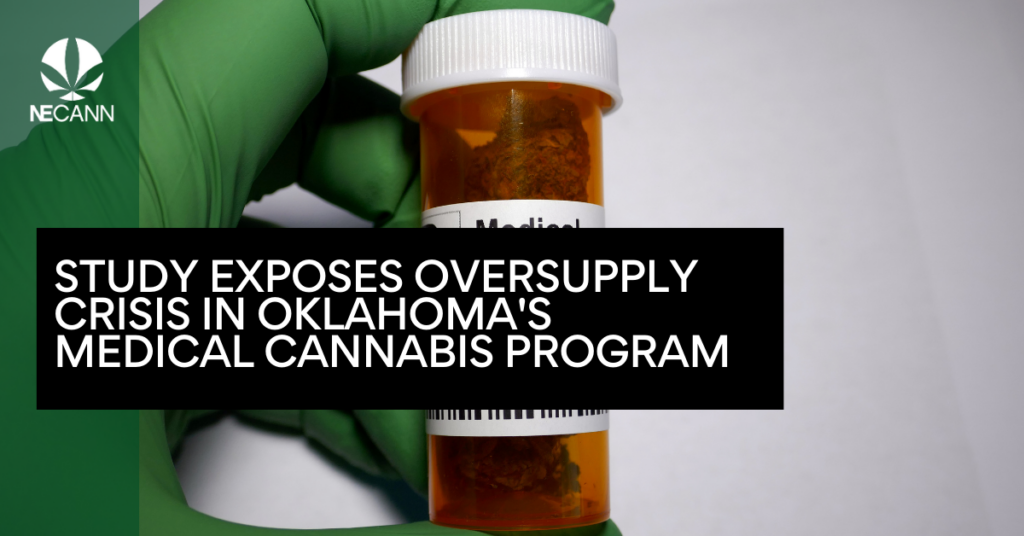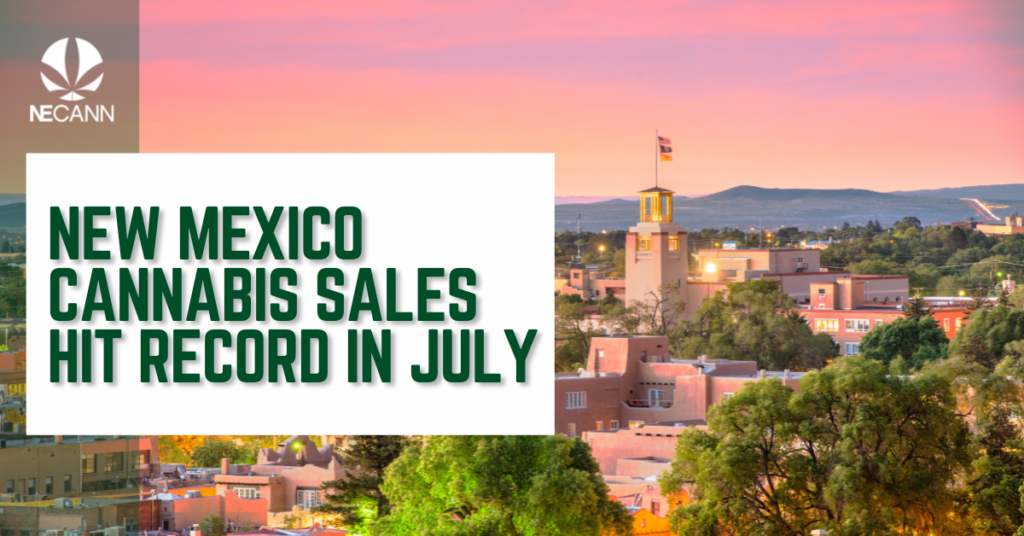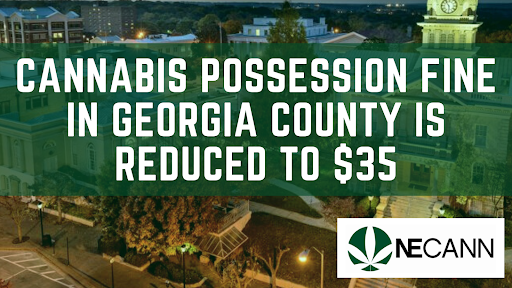The Oklahoma Medical Marijuana Authority (OMMA) conducted a thorough study that revealed a significant oversupply of medical cannabis in the state, which could have negative effects on the regulated market. The study, which utilized data from the newly implemented seed-to-sale tracking system and surveys of over 1,300 cannabis patients, presents a sobering assessment of Oklahoma’s medical cannabis program.
The supply-to-demand ratio in Oklahoma’s regulated medical marijuana market stands at a staggering 64:1. This means that the state’s medical cannabis growers are producing 64 times more cannabis than is currently needed for the patient population. Such a surplus, far exceeding the generally recommended double supply-to-demand ratio, is believed to contribute to the existence of an illicit market within both cultivation and retail sectors.
As one of the most permissive medical cannabis programs in the United States, Oklahoma has experienced exponential growth in its industry. However, concerns over market sustainability and the unregulated market have prompted lawmakers to take action. Recent legislative measures have included requiring $50,000 bonds for cannabis cultivators, imposing a moratorium on new cultivation licenses, and granting the Oklahoma Medical Marijuana Authority (OMMA) the power to shut down environmentally damaging cannabis farms.
The study suggests that approximately 38% of cannabis acquired in Oklahoma originates from regulated sources, including dispensaries and home grows. In contrast, 44% is obtained.




